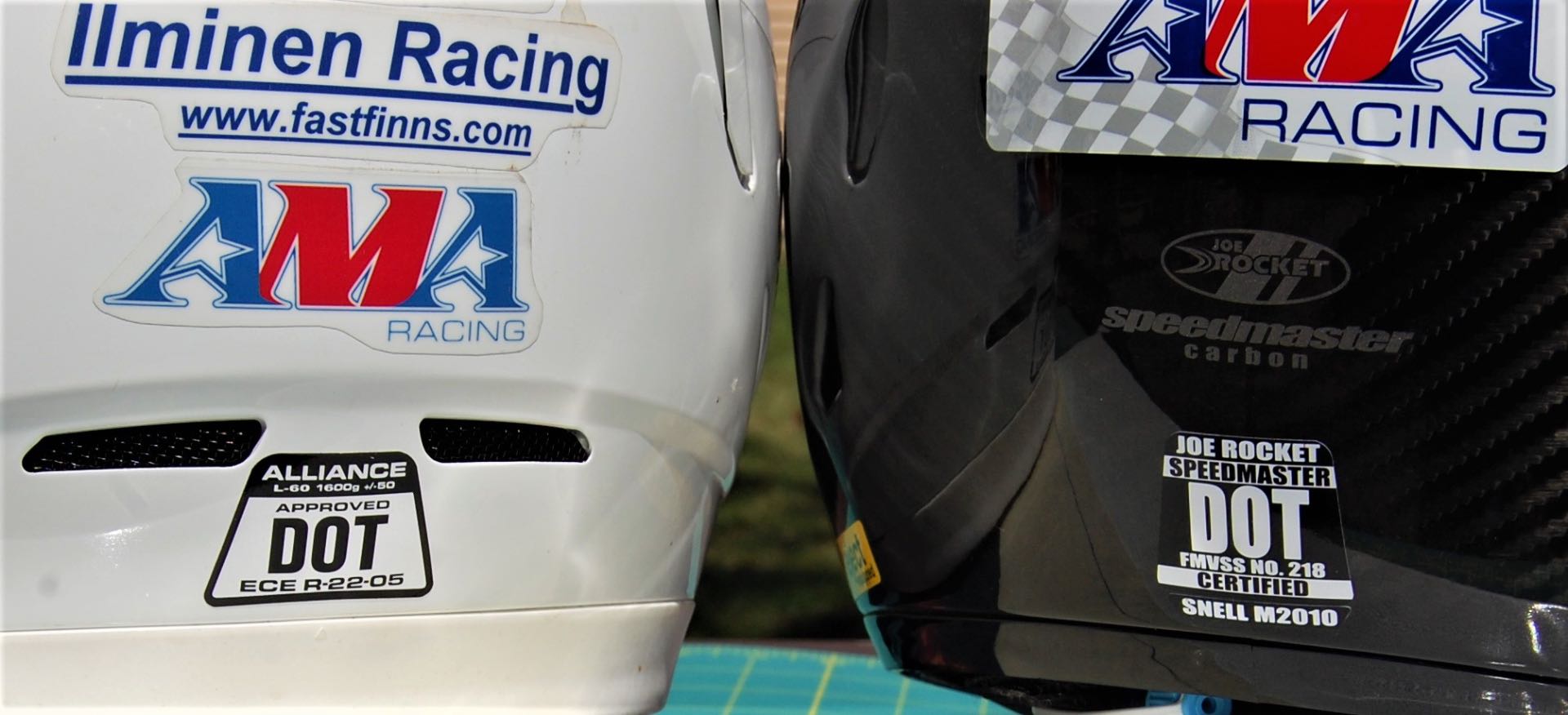What I learned is that Snell M2020R is a watered-down set of requirements explicitly so that Snell can apply their badge (and presumably charge a royalty) for applying their name to an otherwise FIM or ECE22.06 helmet, and accomplishes nothing that ECE22.06 doesn't do. So ... if you have a helmet bearing ECE22.05 or 22.06 compliance markings, you can disregard Snell, because it's adding nothing of value.
Snell without ECE22.06 means the helmet is meant to pass Snell's double-impact test and doesn't necessarily get tested for ECE22.06's battery of other requirements. I consider ECE's battery of other requirements to be of more value than needing a helmet to survive two hard impacts in the same spot, which is an unlikely scenario, street or track, so I will continue to look for FIM or ECE helmets and disregard Snell.
FIM might not be concerned with street impact scenarios but "fall off bike while travelling at speed", same thing, doesn't matter track or street, you're falling from the same distance and moving at a lot faster than you can run.
It's pretty apparent while reading this:
... that the FIM and ECE22.06 requirements are very thoroughly researched by people who know far more about the subject matter than I do.
Good enough for me.




















